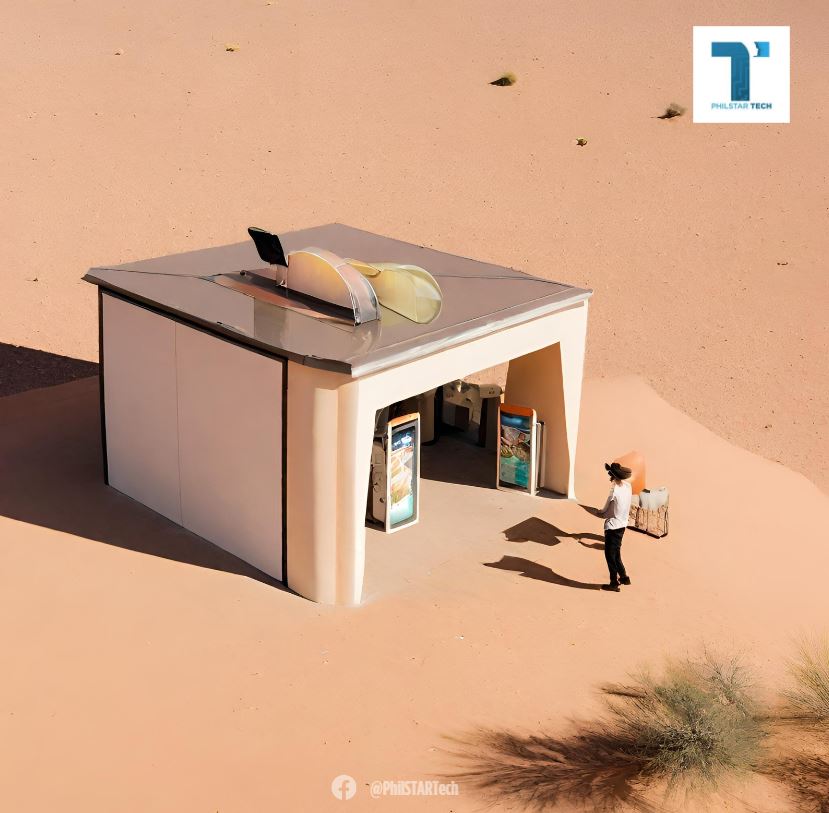We keep hearing the word “phygital” in this post-pandemic reality but what does it really mean?
The growth of e-commerce in the Philippines only started going uphill in 2020, its market expected to grow by 22.9 percent at the end of 2023 after rising to 31.3 percent of the year prior, according to the data and analytics firm GlobalData. This will continue to grow at a compound annual growth rate (CAGR) of 11-17% until 2028, caused by the digital acceleration of society in the last three years that definitively altered the financial behavior of Filipinos as online platforms started becoming a norm.
The overarching evolution of digital financial technology equates to heightened buying rates. Brought about by the COVID-19 pandemic, digital insights from Data Reportal showed that purposeful online behaviors emerged and has become a part of the average daily nine hours online habits of Filipinos. This contributed to a considerable increase to becoming more open in terms of usage for electronic accounts, including the usage of financial solutions platforms.
This mirrors the precise connection between the e-commerce and fintech sector. E-commerce itself propels the advancement of fintech solutions, aiming to integrate its services through embedded finance, and enhance the combination of digital platforms with traditional, physical methods of payment and services. This has prompted marketers to adopt a “phygital” approach in conducting business.
Phygital, a concept which provides interactive experiences while bridging the gap between the digital and physical domains, has expanded the purchasing possibilities to consumers. This has ushered a new era of handiness, consumer behavior has evolved which has led to a shift in how people shop and interact with merchants. This includes redefined convenience, the cornerstone of personalization, and powerful shopping hubs through social commerce influence.
As the rise of digital commerce peaked during the COVID-19 pandemic, this has led consumers to become more mindful of their purchasing habits. But what happens next, now that the world is accessible once again? Instead of turning away and reverting back to traditional means of shopping, this is where omnichannel strategies are more reliable than ever, especially to those who have experienced digital fatigue. After all, a recent study showed that while there is an increase of online shoppers, 77 percent stands firm on in-store shopping for reasons like instant gratification, on the spot inspection of items, and the assurance that products can be inspected and returned immediately should any defect be detected.
To synergize these factors, fintech also influences the development of e-commerce even through offline channels. A notable example is the point-of-sale (POS) loans at physical retail locations, which can be seamlessly integrated into the e-commerce space. This highlights the opportunity to present digital solutions to those who are still reluctant to use online services. Through a comparable approach, customers will have the access to purchases with larger value and the flexibility in terms of payment period. The combination of services will be recognized for its potential, satiating both the in-store and in-app platform experience.
The phygital age also paves its way to rural areas wherein there is still a gap in terms of adoption of digital tools. Similarly, UnaCash focuses on these regions to offer streamlined installment options through gradually introducing its in-app platform by preserving the pleasure of in-person shopping.
In the case of the Philippines, POS payments constituted approximately 1% of all payment methods in e-commerce in 2022 as per the Global Payment Report of Worldpay from FIS. POS in the Philippines remains significant and promising, just like installment payments and the credit industry as a whole. In-person purchases and in-app payments will potentially drive the industry to up its game. Phygital will bridge the gap and lead to faster transactions — a fintech and e-commerce version of fast-moving consumer goods (FMCG). Faster purchases, approvals less than two minutes, and constant restocking of big-ticket items would be a possibility. Not to mention that the best part would be that this will be available beyond the National Capital Region (NCR), accessible to all Filipinos.
This fast-paced approach will soon come to be, carrying its hyper-personalized experiences, immersive interface, scaling up in-store engagements, and all the while promoting a collaborative space where physical and digital coexists.
The convergence of these efforts will drive e-commerce and further enhance its potential to facilitate economic growth, as well as empower individuals and businesses alike. The adaptation and implementation of forward-looking strategies will amplify digital transactions, potentially supporting the local government’s broader objectives of financial inclusion.
The journey of digital transformation remains as the key of fintech and e-commerce companies, alongside harnessing the technologies’ potential to create a more seamless and secure financial landscape for Filipinos. The primary beneficiaries of this ongoing process will be online consumers, who will progressively increase. The aim is to achieve maximum coverage of the population with e-commerce and fintech services within the next five to seven years.




